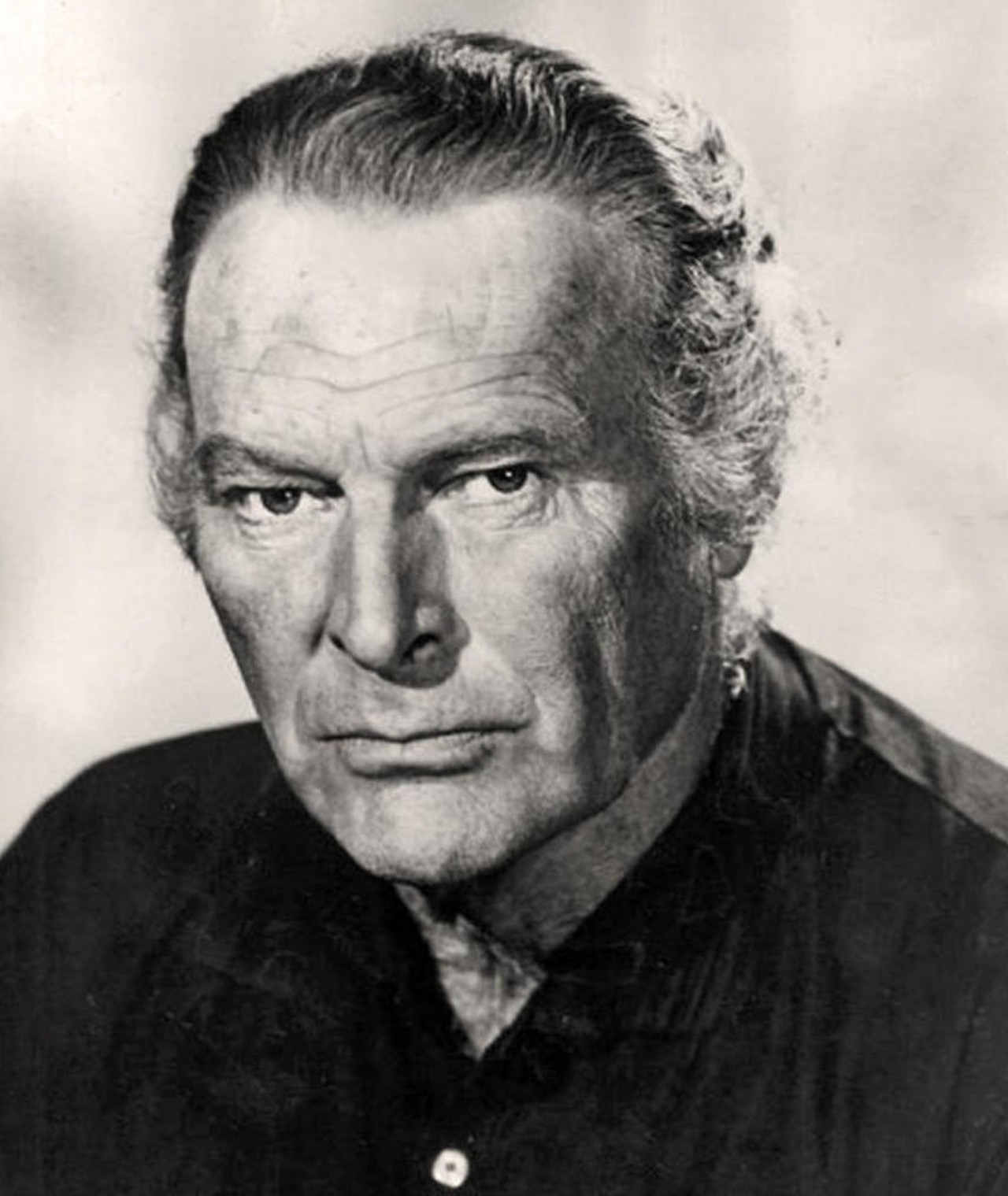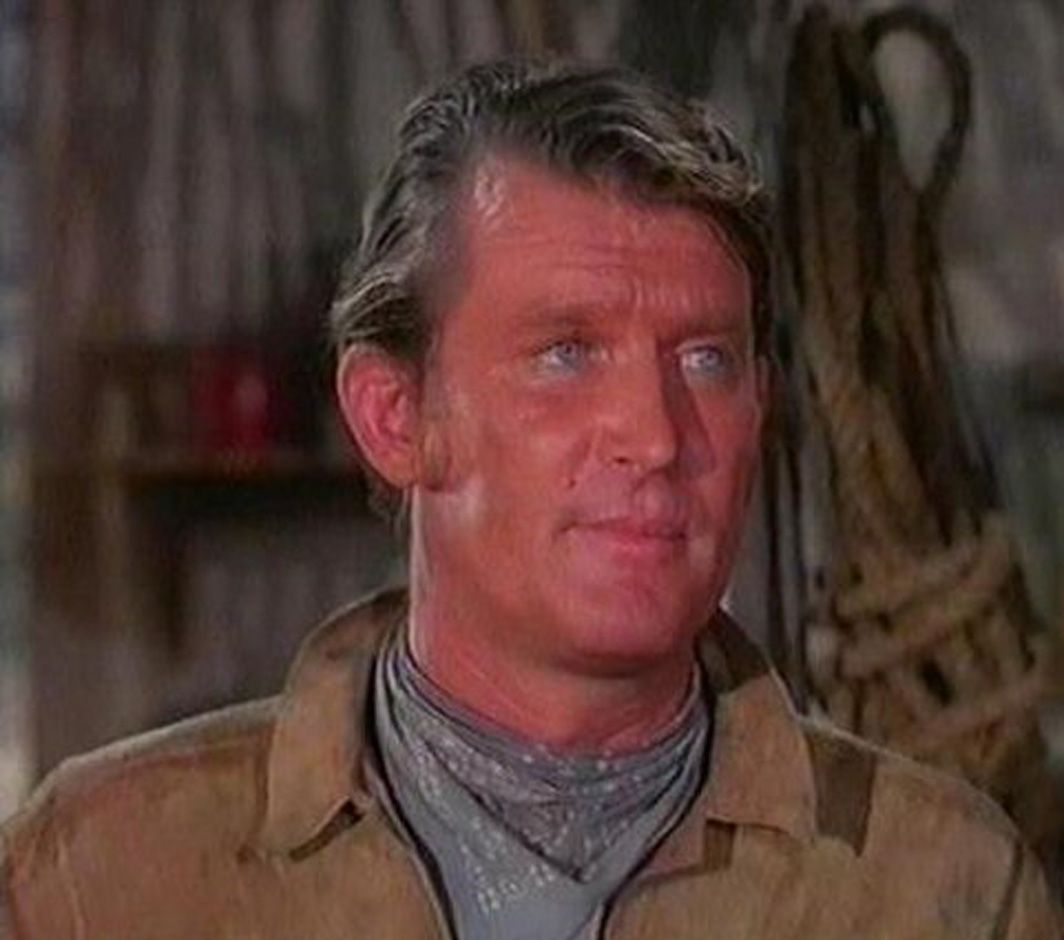Leif Erikson, often referred to as the first European to set foot on the North American continent, remains a fascinating figure in world history. His daring voyages and discoveries have left an indelible mark on our understanding of early exploration. As we delve into the life and legacy of this remarkable Viking explorer, we uncover a tale of courage, ambition, and the relentless pursuit of new horizons.
Leif Erikson, born in the late 10th century, was a Norse explorer whose name has become synonymous with the discovery of Vinland, an area believed to be part of modern-day North America. His story is one of adventure and exploration, set against the backdrop of a rapidly expanding Viking world. Through his voyages, Leif not only expanded the geographical knowledge of his people but also laid the groundwork for future European exploration of the New World.
This article will explore the life and achievements of Leif Erikson, shedding light on his contributions to history and the enduring legacy he left behind. By examining his journey, we aim to provide a comprehensive understanding of why Leif Erikson remains an important figure in the annals of world exploration.
Read also:Discover The Ultimate Guide To Prmovies Everything You Need To Know
Table of Contents
- Biography of Leif Erikson
- Early Life and Family Background
- The Viking World and Its Expansion
- Leif Erikson's Voyage and Discovery
- What Was Vinland?
- The Legacy of Leif Erikson
- Modern Celebration of Leif Erikson
- Historical Significance
- Myths and Facts About Leif Erikson
- Conclusion
Biography of Leif Erikson
Early Life and Family Background
Leif Erikson was born around 970 AD in Iceland to a family of explorers and settlers. His father, Erik the Red, was a well-known Viking explorer who founded the first Norse settlement in Greenland. Leif's upbringing in a family of adventurers instilled in him a deep sense of curiosity and a desire for exploration. Growing up in Greenland, he learned the skills necessary for seafaring and survival in harsh Arctic conditions.
Key Facts About Leif Erikson's Early Life:
- Born in Iceland, but grew up in Greenland.
- His father, Erik the Red, was a famous Viking explorer.
- Leif's family had a reputation for daring voyages and settlements.
The Viking World and Its Expansion
The Viking Age, which spanned roughly from the 8th to the 11th century, was a period of significant expansion and exploration by the Norse people. The Vikings were known for their seafaring prowess and their ability to navigate the treacherous waters of the North Atlantic. Leif Erikson's voyages were a continuation of this tradition, as he sought to extend the reach of the Norse world beyond the known boundaries of the time.
Viking Exploration Techniques
The Vikings used advanced navigation techniques and sturdy ships, known as longships, to travel vast distances across the seas. These ships were designed for speed and agility, allowing the Vikings to explore remote and previously unknown territories. Leif Erikson's success in reaching North America was largely due to the technological advancements and maritime expertise of his people.
Leif Erikson's Voyage and Discovery
Leif Erikson's most famous achievement was his voyage to Vinland, which is believed to be the first European discovery of the North American continent. According to the sagas, Leif learned of a land to the west from a merchant named Bjarni Herjolfsson, who had sighted it but did not land. Inspired by this account, Leif set out on a mission to explore this mysterious land.
Key Details of Leif Erikson's Voyage:
Read also:Kristy Altaus A Rising Star In The Entertainment World
- Leif sailed west from Greenland with a crew of 35 men.
- He discovered three distinct regions: Helluland (possibly Baffin Island), Markland (likely Labrador), and Vinland (thought to be Newfoundland).
- Leif established a temporary settlement in Vinland, which became the first known European settlement in North America.
What Was Vinland?
Vinland, the land discovered by Leif Erikson, is believed to have been located in present-day Newfoundland, Canada. The name "Vinland" is thought to derive from the Old Norse word for "wine," as the Vikings found wild grapes growing in the region. This discovery provided evidence of fertile land and resources, which could have supported future Norse settlements.
Archaeological Evidence of Vinland
In the 1960s, archaeologists uncovered the remains of a Norse settlement at L'Anse aux Meadows in Newfoundland, providing concrete evidence of Leif Erikson's voyages. This site is widely regarded as the first confirmed Norse presence in North America and serves as a testament to the historical accuracy of the sagas.
The Legacy of Leif Erikson
Leif Erikson's legacy extends far beyond his initial discovery of Vinland. His voyages opened up new possibilities for exploration and settlement, inspiring future generations of Norse explorers. Although the Norse presence in North America was short-lived, Leif's achievement remains a pivotal moment in the history of global exploration.
Cultural Impact of Leif Erikson
Leif Erikson's story has been immortalized in literature, art, and popular culture. He is often celebrated as a symbol of courage and innovation, representing the spirit of exploration that defines human history. His legacy continues to inspire modern explorers and adventurers, reminding us of the importance of venturing into the unknown.
Modern Celebration of Leif Erikson
In the United States, Leif Erikson Day is celebrated annually on October 9th to honor the achievements of this pioneering Viking explorer. This day serves as a reminder of the rich cultural heritage and historical contributions of the Norse people to the Americas. Events and activities are organized across the country to commemorate Leif Erikson's legacy and promote awareness of his accomplishments.
Leif Erikson Day Traditions
- Public lectures and educational programs about Viking history and exploration.
- Parades and cultural festivals celebrating Norse traditions.
- Monuments and statues dedicated to Leif Erikson in various cities.
Historical Significance
Leif Erikson's discovery of Vinland holds immense historical significance, as it predates Christopher Columbus's voyage to the Americas by nearly 500 years. This fact challenges the conventional narrative of European exploration and highlights the importance of recognizing contributions from different cultures and civilizations. Leif's achievement underscores the complexity and diversity of human history.
Comparing Leif Erikson and Christopher Columbus
While both Leif Erikson and Christopher Columbus played pivotal roles in the history of exploration, their motivations and methods differed significantly. Leif's voyages were driven by a desire for discovery and expansion, while Columbus's expeditions were fueled by economic and political ambitions. Understanding these differences provides a more nuanced perspective on the history of exploration.
Myths and Facts About Leif Erikson
Over the centuries, numerous myths and misconceptions have arisen about Leif Erikson and his voyages. Separating fact from fiction is essential to gaining a true understanding of his contributions to history. By examining the evidence and consulting reliable sources, we can dispel these myths and appreciate the real achievements of this remarkable explorer.
Common Myths About Leif Erikson
- Myth: Leif Erikson was the first person to discover America. Fact: Indigenous peoples had inhabited the Americas for thousands of years before Leif's arrival.
- Myth: Leif established permanent settlements in Vinland. Fact: The Norse presence in Vinland was temporary and did not lead to long-term colonization.
Conclusion
Leif Erikson's journey to Vinland stands as one of the most significant achievements in the history of exploration. His courage, determination, and maritime expertise paved the way for future discoveries and settlements. By examining his life and legacy, we gain a deeper appreciation for the complexities of human history and the enduring spirit of exploration.
We invite you to share your thoughts and insights about Leif Erikson in the comments below. Additionally, explore other articles on our site to learn more about the fascinating world of history and exploration. Together, let's continue to uncover the stories that have shaped our world.
Sources:
- Encyclopedia Britannica
- National Geographic
- History.com


